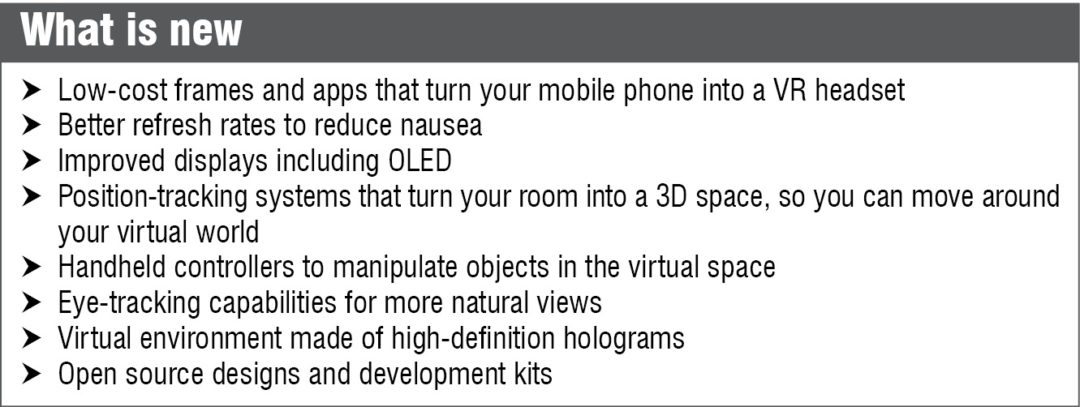A still-functional View-Master bought sometime in the 1950s rests among other memorabilia in the showcase at my uncle’s house. A third generation of kids still enjoys fixing the image reels, now old and porous, to have a look at national monuments or wildlife scenes. The first taste of virtual reality (VR) continues to excite them!
VR has a very long history, according to Harshit Lalpura, founder of Hash Media. He points out that some of the nineteenth-century panoramic paintings or 360-degree murals, which fill the viewers’ entire field-of-vision and make them feel present at some historical event or scene, are early examples of VR.
Then came stereoscopic photo viewers, where viewing two side-by-side stereoscopic images or photos through a stereoscope gave the users a sense of depth and immersion. “The View-Master stereoscope (1939) is still in use and very popular. The design principles of the stereoscope are used today for the popular Google Cardboard and low-budget VR head-mounted displays for mobile phones,” says Lalpura.

I wonder how the kids would react when they see the View-Master as it is today—a sleek and trendy VR viewer that works with your mobile phone to let you explore a large library of augmented reality (AR) and VR content on everything from wildernesses and underwater wonders to outer space! The experience is a bit different now, but for those who liked the old-world charm, Mattel has also kept open the option of viewing image reels.
Indeed, affordable and comfortable VR headsets with mobile hardware access, along with a widening spectrum of applications, are all set to change the VR game! We will soon see VR improving several aspects of our life, from shopping and playing to learning, too.
Mobile-powered VR
“Over the last few years, mobile hardware access has enabled widespread adoption of VR products. Head-mounted displays (HMDs) have been in the market for decades but mobile-enabled HMDs have arrived only in the past two years,” says Hemanth Satyanarayana, founder and CEO, Imaginate Software Labs Pvt Ltd.
“Low-cost headsets inspired by Google Cardboard, which are likely to metamorphose even further, will certainly make VR affordable to everybody. Similarly, access of gyroscope and compass in every smartphone will make VR further accessible,” he adds.
Google Cardboard is a brilliant VR platform developed by Google engineers. It has brought VR within the reach of millions since its launch in 2014. On Google’s website you can find the designs required to make a Google Cardboard viewer yourself using simple, low-cost items that will be lying around any do-it-yourself (DIY) enthusiast’s work area. For the adventurous, this is the perfect way to enter the world of VR. For others, there are kits and readymade Cardboard viewers sold by Google as well as third-party manufacturers. You should be able to get yourself one for less than US$ 20. In India, there are options priced less than ` 200.
within the reach of millions since its launch in 2014. On Google’s website you can find the designs required to make a Google Cardboard viewer yourself using simple, low-cost items that will be lying around any do-it-yourself (DIY) enthusiast’s work area. For the adventurous, this is the perfect way to enter the world of VR. For others, there are kits and readymade Cardboard viewers sold by Google as well as third-party manufacturers. You should be able to get yourself one for less than US$ 20. In India, there are options priced less than ` 200.










